As someone who loves indoor plants, I’m always on the lookout for new ways to add to my collection. One of my favorite methods is plant propagation. While there is more than one way to propagate a plant, I’m going to focus specifically on water propagation as a method for growing new plants from cuttings. Water propagation is a surprisingly simple and inexpensive method for obtaining new plants. Here’s how you can get started:
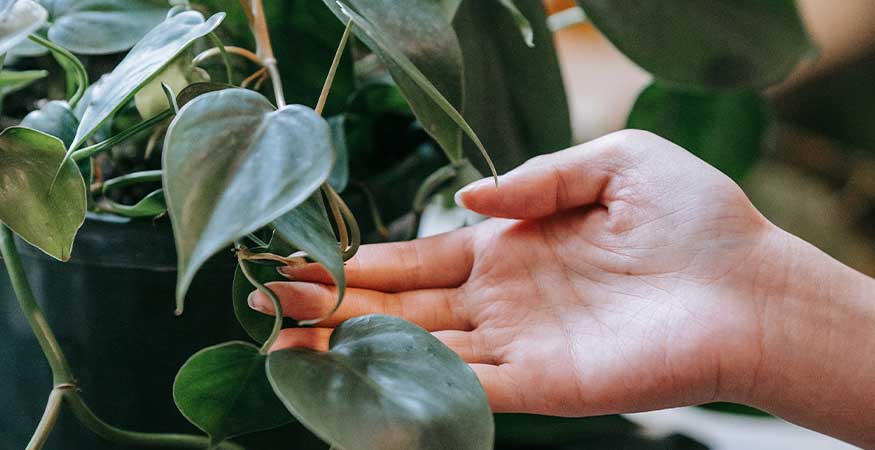
Choose Your Plant
The first step in successful plant propagation is to choose the right plant. A plant that is struggling or diseased may not produce viable cuttings or seeds, which can make propagation difficult or impossible. So, it’s important to choose a healthy parent plant.
Some plants are easier to propagate than others. For beginners, I recommend starting with plants that are easy to grow and propagate, like spider plants, pothos, or philodendron plants. These plants are known for their ability to grow quickly and easily from cuttings.
You will also want to choose a plant with long stems or multiple branches. This will make it easier to take cuttings without damaging the parent plant, and it will increase your chances of success.
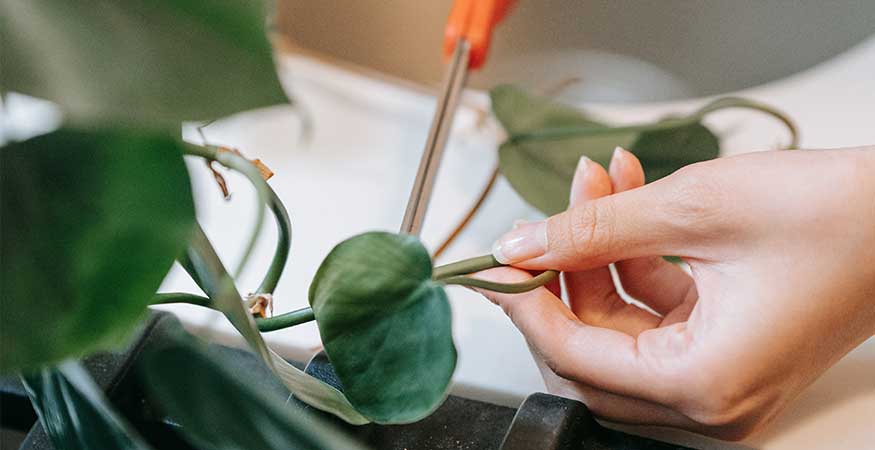
Collect Your Cuttings or Seeds
Once you’ve chosen your plant, it’s time to collect your cuttings or seeds. Cuttings should be taken from the parent plant using a sharp, clean pair of scissors to minimize damage to the plant. Make sure to take a cutting just below a node (the point where a leaf attaches to the stem) that is at least 4 inches long.
I recommend using cinnamon powder on the cut ends of the parent plant to help prevent infections. Cinnamon is a natural anti-fungal and anti-bacterial agent that can help protect the parent plant from disease. To do this, simply dip the cut end of the stem into a small dish of cinnamon powder, making sure to cover the entire area.
Using cinnamon on the cut ends of the parent plant is particularly important if you’re taking multiple cuttings from the same plant, as this can increase the risk of infection. It’s also a good idea to clean and sanitize your scissors between each cutting to avoid spreading potential disease.
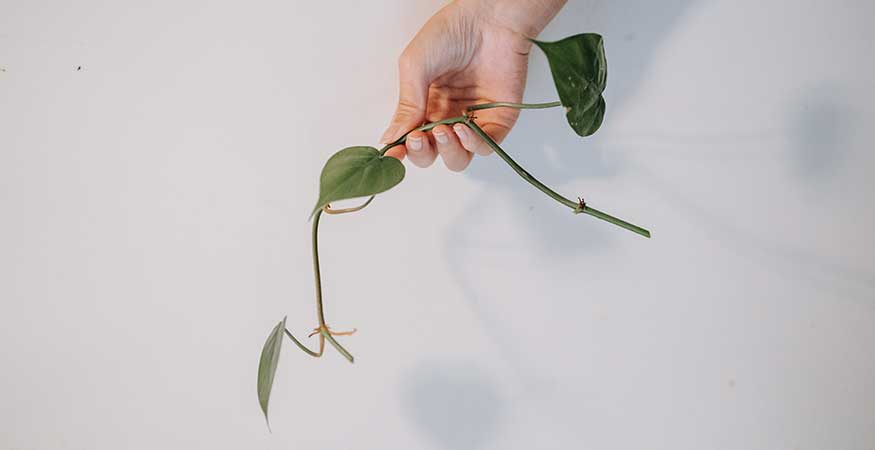
Prepare Your Water
Preparing the water for your cuttings is an important step in the water propagation process. It’s best to use clean, clear containers free of any dirt, debris, or residue. I like clear containers because they allow you to easily monitor the progress of your cuttings. It’s also important to use water that is at room temperature, as cold water can shock your cuttings and prevent root growth. If possible, use filtered water to prevent any chlorine or other chemicals in tap water from harming your cuttings.
Optionally, you can add a few drops of liquid fertilizer to your water can help provide essential nutrients for your cuttings. Be sure to choose a fertilizer that is appropriate for your specific plant species, and avoid over-fertilizing, as this can be harmful to your cuttings. Be sure to change the water in your container every few days to prevent it from becoming stagnant and to ensure that your cuttings have access to fresh, oxygenated water.
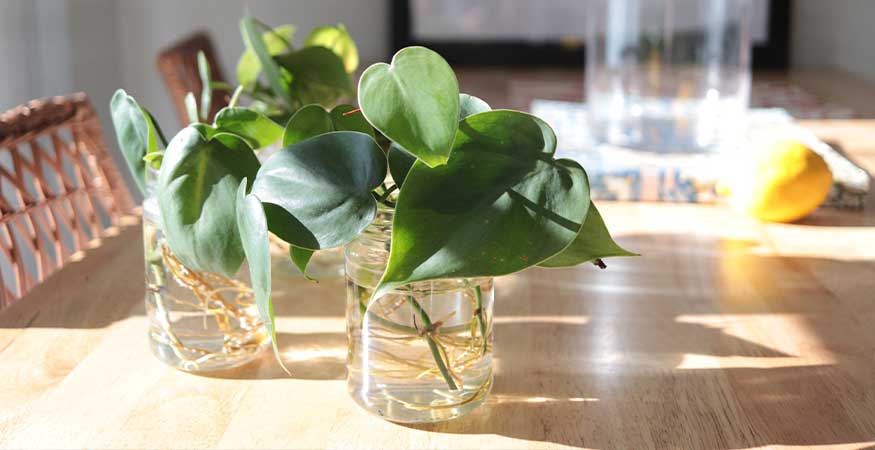
Monitor and Change Water
Monitoring and changing the water for your plant cuttings is crucial for their success in water propagation. It’s important to regularly check for signs of root growth and change the water every few days to prevent it from becoming stagnant. Stagnant water can lead to the growth of harmful bacteria and fungi, which can damage or even kill your cuttings.
To maintain a consistent water level, the water level should be deep enough to cover the bottom few inches of the stem. It’s also important to watch for signs of stress, such as wilting or discoloration, which can be a sign of over or under-watering, too much or too little light, or other environmental factors that need to be adjusted.
Plant Your Cuttings or Seeds
Once your cutting has developed roots that are about an inch long, it’s time to transplant it into soil. Gently remove the cutting from the water and rinse off any excess fertilizer that may have accumulated on the stem. It’s important to handle the cutting carefully to avoid damaging the fragile new roots that have formed. Next, you’ll want to plant the new propagated plant in a pot filled with a well-draining potting mix. Keep the soil moist and place it in a warm, bright location.
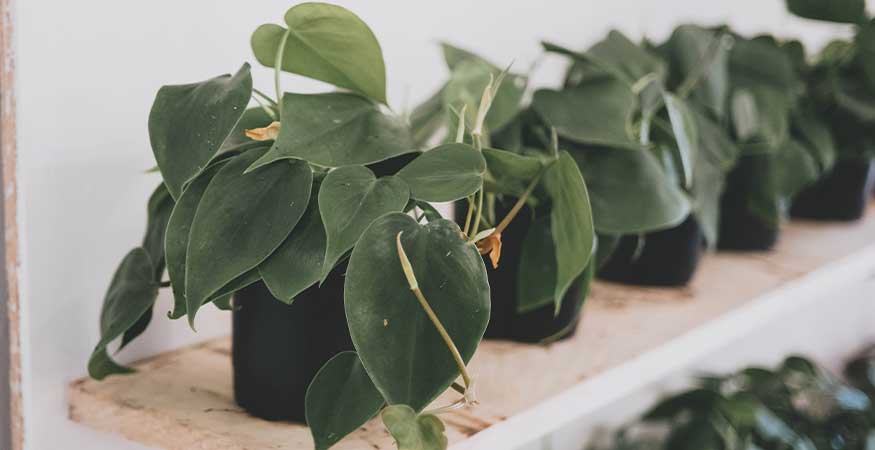
Care for Your New Plants
After planting your cuttings, it’s crucial to provide proper care to help them grow into healthy, mature plants. Keep the soil moist but not waterlogged. Overwatering can cause root rot and other problems, so it’s important to monitor the soil moisture level and water only when necessary. Make sure to provide plenty of light. Most plants require bright, indirect light to thrive, but some may prefer full sun or partial shade. Place your plants in a location that receives the appropriate amount of light for their species and monitor them closely for any signs of stress or growth.
Water propagation is an excellent method for growing new plants from cuttings. It’s a simple and inexpensive way to expand your houseplant collection. Remember to select the right plant, collect your cuttings, prepare your water, place your cuttings in water, monitor and change the water regularly, and plant in soil once your roots are established. With a little patience and care, you’ll have a beautiful, thriving plant collection in no time!

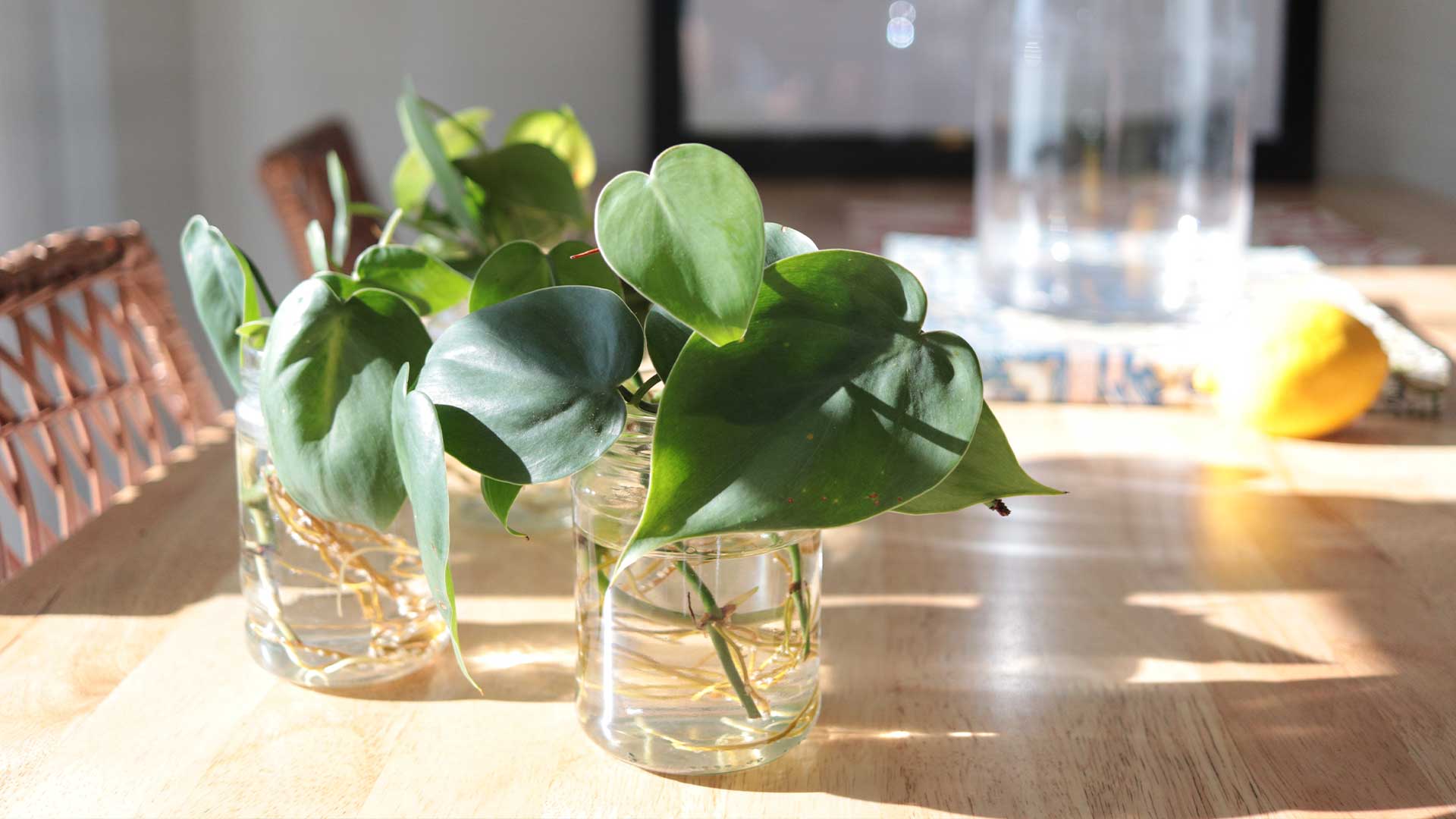
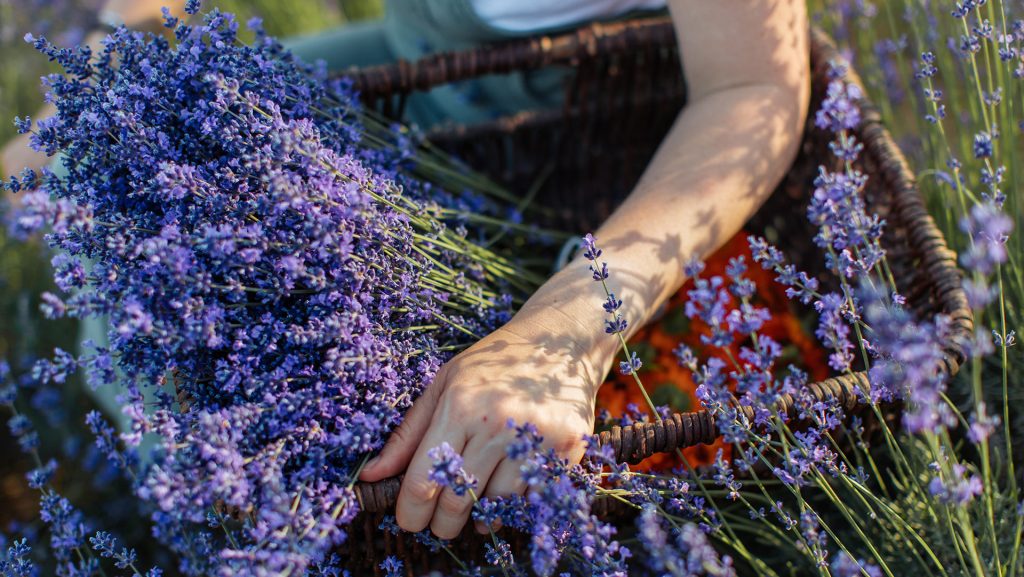
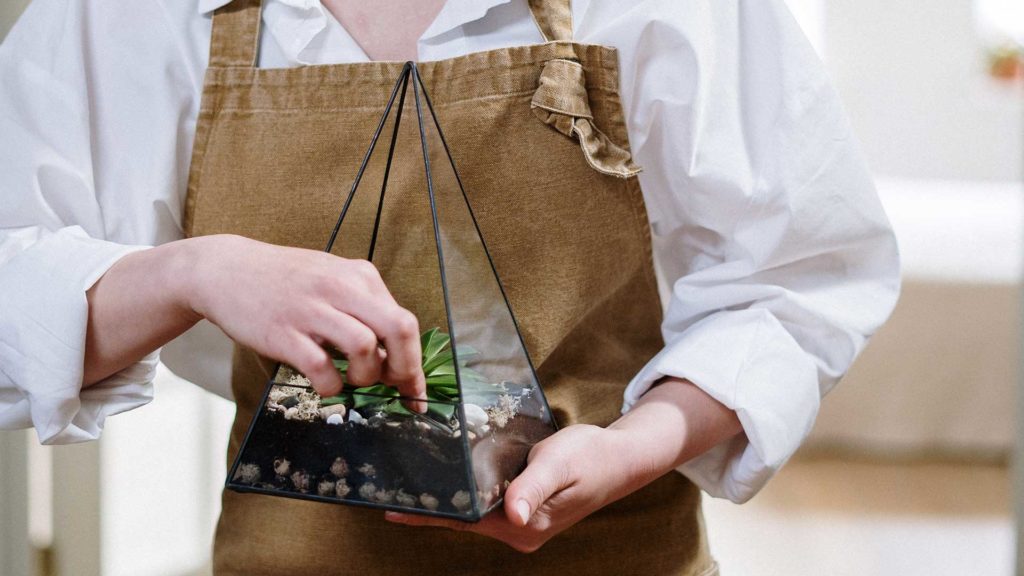
One comment in this post
Right here is the perfect web site for anyone who wishes to find out about this topic. You know so much its almost tough to argue with you (not that I personally would want to. HaHa). You definitely put a brand new spin on a topic that’s been written about for ages. Great stuff, just wonderful!